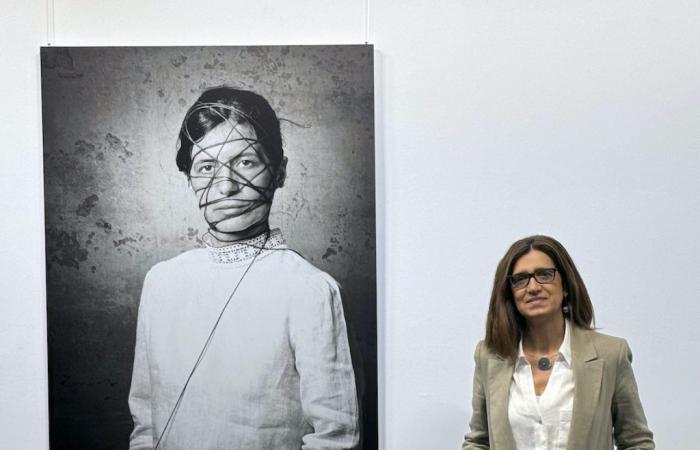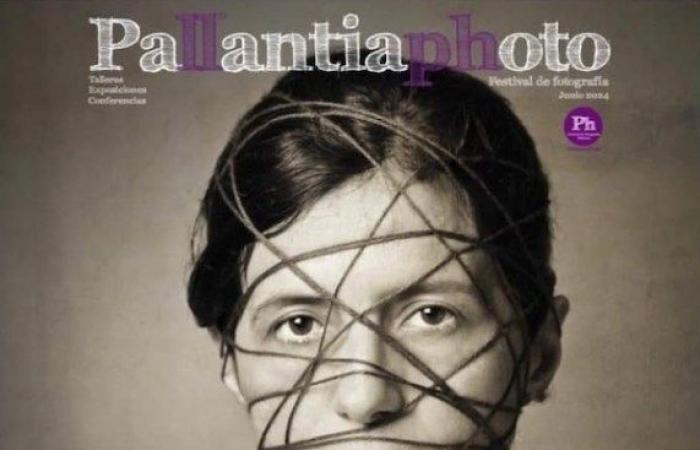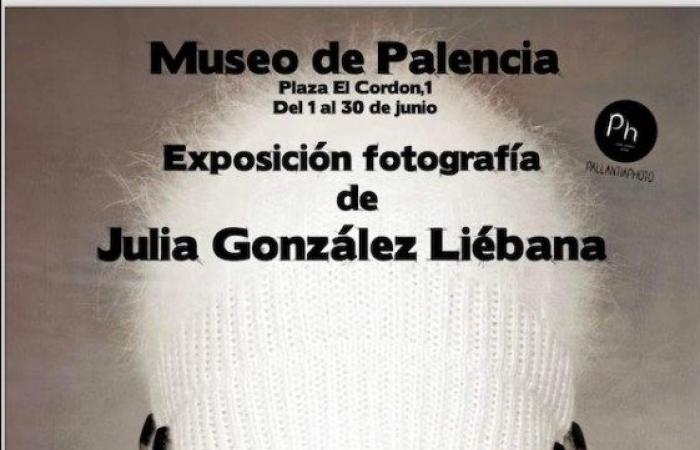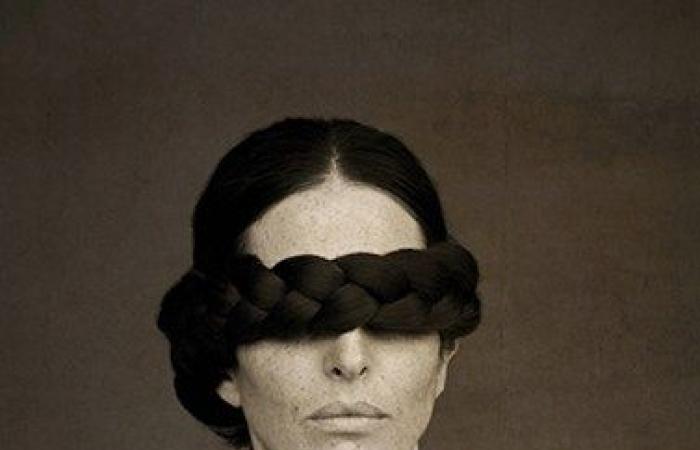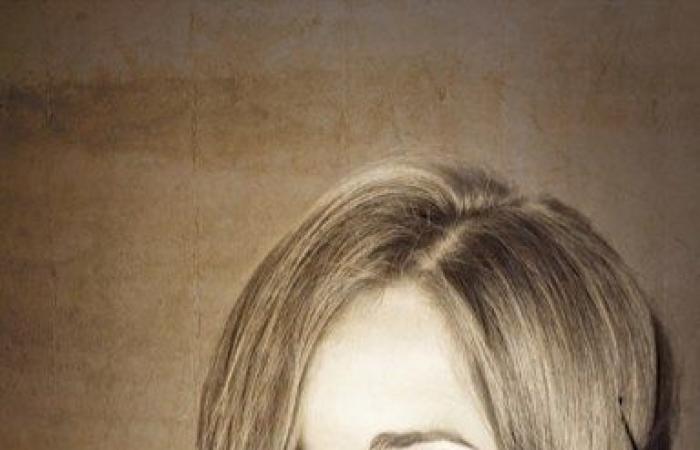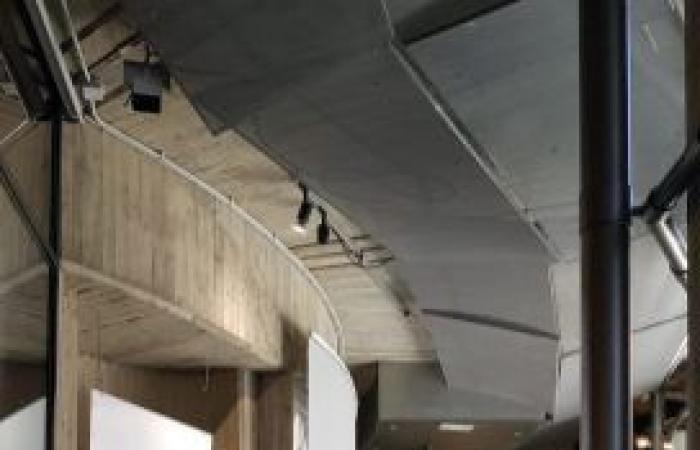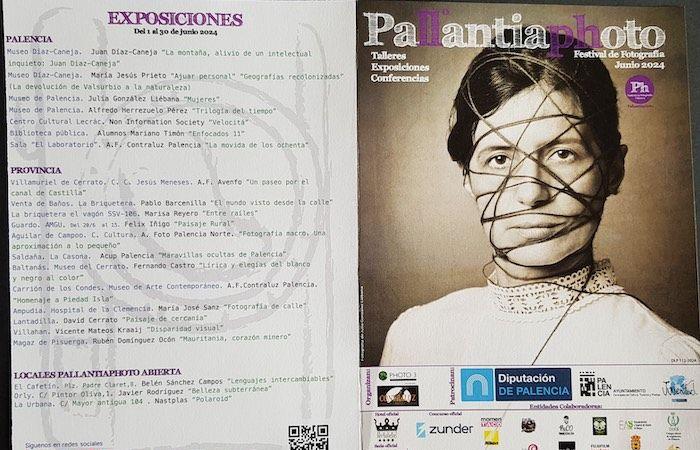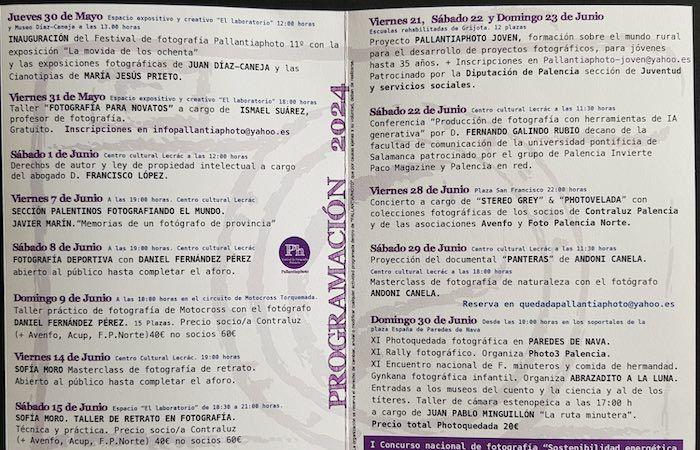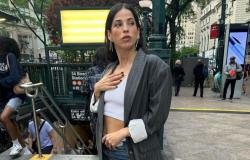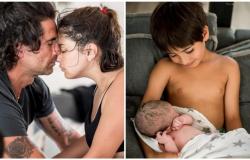Palencia hosts the festival this June Pallantia Photosponsored by the Palencia Provincial Council, for whose poster an image of the Leonese photographer has been chosen Julia González Liébanawho in turn shows at this festival an individual exhibition with 32 photos from his series ‘Women’some made years ago and others designed expressly for this exhibition that can be visited until June 30 at the Palencia Museum. We reproduce the texts of Luis García Martínez and Gemma R. Berasategui that accompany this exhibition.
The eleventh edition of Pallantia Photo It reaches 15 municipalities in the province and the capital of Palencia with a total of 22 exhibitions and an extensive program of activities that include workshops, competitions, conferences and masterclasses. Another photographer from León also participates in the festival, Belen Sanchez Camposwith the sample titled ‘Interchangeable languages’ which can be visited until June 30 at The Cafetin (Father Claret 8).
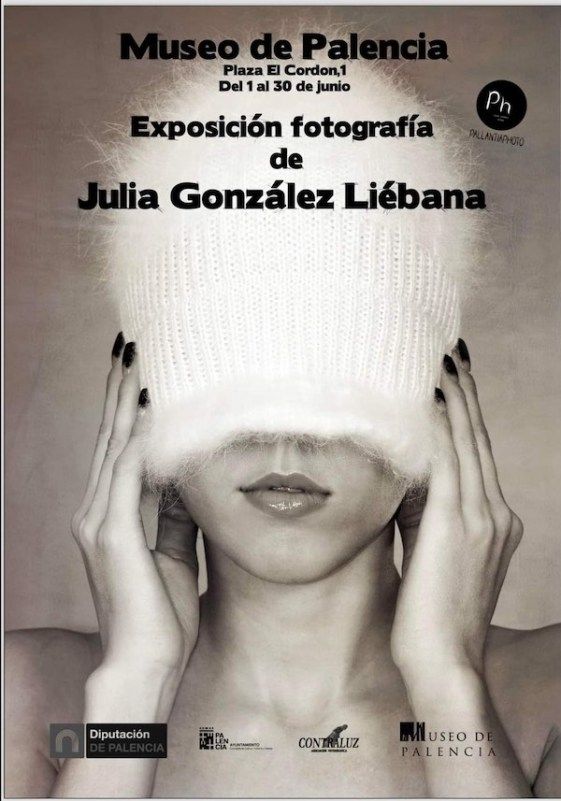
— — —
“WOMEN”
By LUIS GARCÍA MARTÍNEZ
(Director of the Department of Art and Exhibitions of the ILC-Diputación de León)
The photographic contribution that incorporates Julia González Liébana It involves a very active involvement in the critical and demanding space of women. Her pieces incorporate a certain melancholy and dreaminess that is present through the use of sepia coloring, which implies, at the same time, the incorporation of the traditional photographic component.
The appearance of an old image is reinforced with the use of a matrix that is superimposed on the image, and which is reiterated in several of the photographic compositions, giving the work an effect of scratches, dirt and wear that evokes the past and the pass of time. Both issues, the color and aging of the photographs, contrast with the image and prototype of the current woman that it incorporates. Julia to his works, thus placing us in that ambiguous, complex, non-existent and metaphorical place, which is the intersection between the past and the present. In this way, it tells us, directly, that times have changed from the first steps of feminism to the present, but not so much the situation of women’s rights and freedom, it is enough to remember what is happening in our society in relation to to abortion or economic-labor relations.
This hypothesis of criticism and denunciation becomes more intense, and is crudely reinforced, when we are directly confronted with a tremendously harsh and shocking image, in which a teenager is presented naked from the torso up, who covers and denies her identity with a long hair as an Islamic burqa and appears with his hands immobilized behind his back. The feeling of helplessness and lack of protection invades us before this human figure, despite the delicate and careful aesthetics, both formal and compositional, that she uses. Julia. Something similar happens when visual communication is denied and at the same time a very important part of identity, which is defined by our eyes, thus they appear in all the works closed or canceled by hands or hats.
It is presented in a very evident way that one of the fundamental senses in knowledge is denied, sight, but also speech; The woman cannot communicate or express herself, even the mask emerges in some works as the protagonist of that change of personality, that transformation into another different being, that being that denies and nullifies the true personality of the woman. Definitely Julia It presents us with a critical contribution of today’s society of great interest.
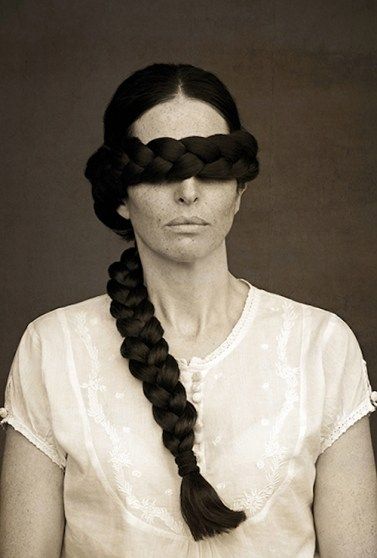
©Photography: Julia González Liébana.

©Photography: Julia González Liébana.
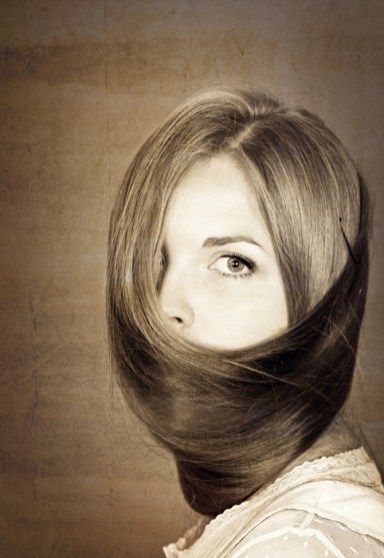
©Photography: Julia González Liébana.
— — —
«No one looks at me the way I look at myself»
Francesca Woodman
‘WOMEN ‘
By GEMMA R. BERASATEGUI
(Art Historian, responsible for the Art and Exhibitions Area of the León City Council)
Since she was a child she dreamed of painting wrapped in watercolors, gouache and colors, until she casually participated in a black and white developing workshop. She was entering the laboratory and feeling trapped by those magical moments, when grays and blacks begin to appear on the silver gelatin to form the image in a few seconds.
He began the path self-taught and later with various teachers. If there are two names that have marked the formation of Juliafrom a personal and photographic point of view, we are talking about two women: Isabel Muñoz and Bernice Abbottwithout forgetting the great icons of photography.
Over the years, that initial curiosity has become something more, evolving into a look where he immerses himself in each character or object portrayed, creating an atmosphere of introspection. A permanent search and rediscovery starting from within and projecting outwards in constant experimentation like a door to a specific moment; a space in which we create our own world and it is seen differently depending on who observes. Julia She is an artist who creates for different views and readings, her images convey this and provoke diverse sensations, capturing emotions that last moments.
If we stop at his most recent works, they are developed around identity and gender perspectives through conceptual portraiture, which are revealed in the series Women. The proposed images are situated around this idea, constructing the story through an aesthetic perspective with an important vindication of women through an intimate, delicate point of view; as if the viewer were peering through a story at a specific moment of a scene impregnated with a halo of nostalgia, achieved through a sepia tone, which gives us the necessary guideline to find not only the captured story, but the story itself. those women without identity.

Admission to the Julia G. Liébana exhibition at the Palencia Museum.
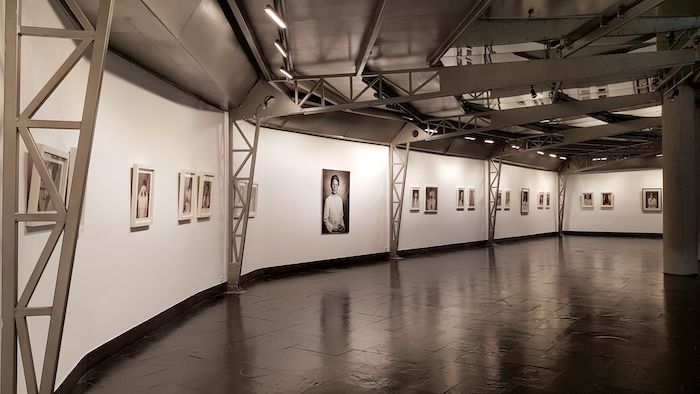
Aspect of the Julia G. Liébana exhibition at the Palencia Museum.
Beginning a journey through the present and the past, combining a contemporary aesthetic with a model of the urban, current woman, strengthened by a visual power that leads the gaze towards hair that corners faces, balls that trap, masks that annul and transform personalities, eyes hidden in hands that cover, that deny, hands that are executioners and victims causing a feeling of helplessness and vulnerability, which disturb and worry the viewer, together with elements of everyday life such as flowers or sweaters that prevent visual communication or expression.
Disconcerting images, reinforced in their unitary concept, but with a refined poetic nuance that show current society, breaking stereotypes, questioning identities, constructing and interpreting their own work and inviting reflection. The emotional charge of each photograph is the tool with which we connect with its story, through a duality composed of photographer and viewer, which unites us in a direct way with emotions.
In the series, the concept and the coherence of the discourse are parallel, it makes us question ourselves, ask ourselves questions. It is photography as a language of expression that results in a painful and beautiful metamorphosis in equal parts, and evokes at some point Annegret Soltauwriting her story as a woman on the blank page of her face, or Birgit Jürgenssen with their daily scenarios as ways to project the cultural codes of a society that often ignores women.
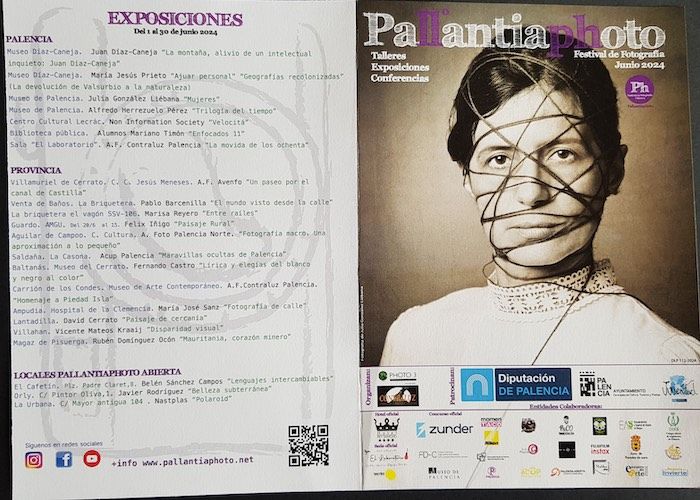
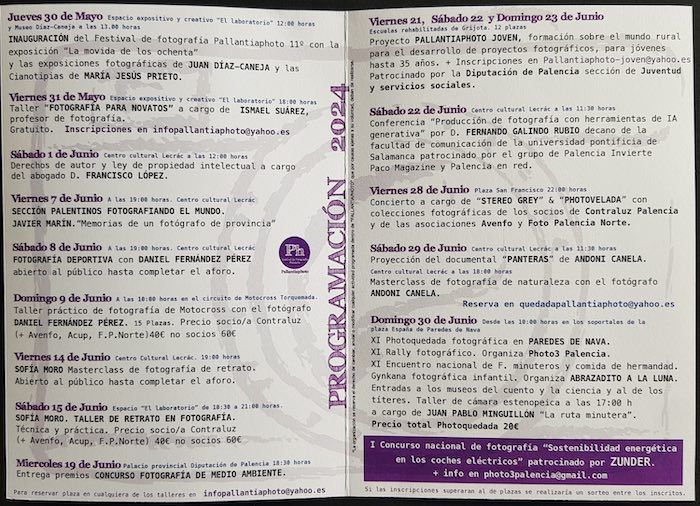
:: About the exhibition by Belén Sánchez Campos
For her part, the Leonese photographer Belen Sanchez Campos comes to Pallantia Photo with his exhibition ‘Interchangeable languages’which could already be seen in Happy St. Factor space (León) last January. We reproduce the text written by the Astorgano photographer Loving Casado for the occasion.
Interchangeable Languages
By MARRIED LOVING
In the images of Belen A series of very particular circumstances come together that determine a way of seeing the world and photographing it. He draws from various sources: painting, childhood, everyday life, thought… all of this makes up an exquisite way of approaching scenes without apparent interest. His is an intimate, somewhat timid look, he approaches the various scenes guided by an emotional and sensitive cause, his themes are very close, even routine. The daily routine is part of his usual shots, in which ordinary people appear in ordinary places such as people with their dogs, walkers… It is a vision of the world with an introspective bias, which forms a kind of personal album, a reflection of his life experiences.
From a formal point of view we can see some photographs that show a taste for geometric precision, used to simplify the compositions and give expressive intensity to the images. A gestural force can also be seen in the characters, perfectly modulated to subtly accentuate the sensations that the author perceives and that she wants to convey. Regarding her use of color, her pictorial experience is clearly appreciated, which is translated, in her images, in a precise and delicate way, without stridency, sometimes generating a somewhat naïve atmosphere. She fuses colors and gestures, thereby enhancing atmospheres and sensations of the experiences lived, brought together in a particular way in the beauty of her photos.
“My greatest wish is to one day be able to photograph thought.” This desire for Belen It is like a declaration of principles that implicitly carries the inner journey that will undoubtedly make you fly towards unexplored fields of lights and colors.


